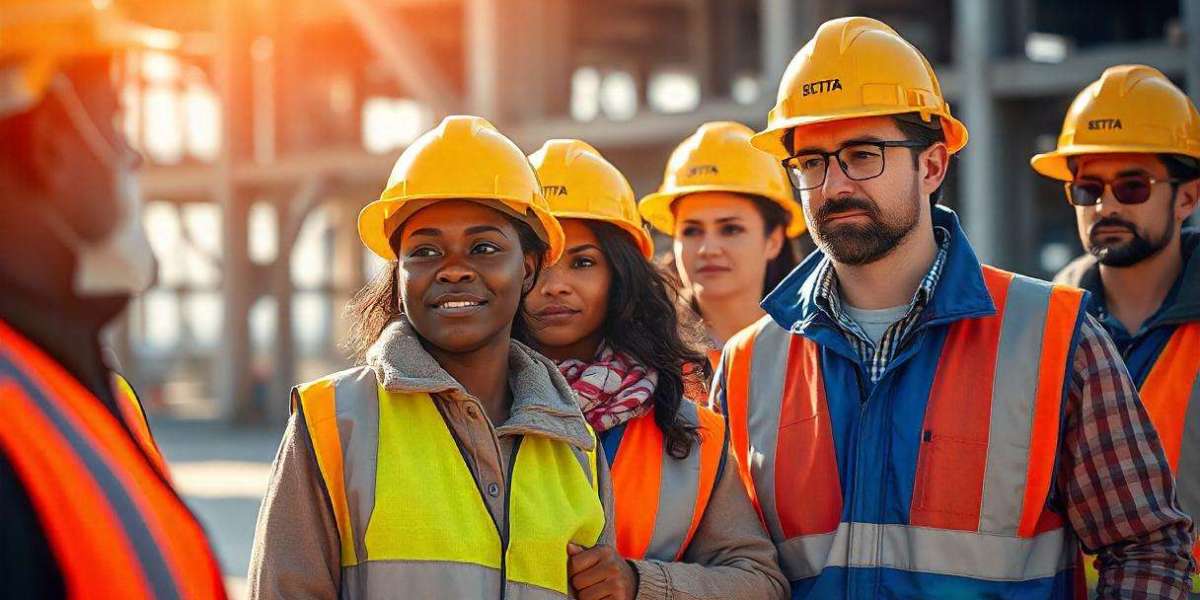When outside contractors work within your workplace, they bring skills, equipment, and manpower—but they also bring potential hazards. Whether it’s a construction crew fixing your roof, a cleaning company handling chemical agents, or a maintenance team repairing heavy machinery, managing contractor arrangements is vital to ensure safety, efficiency, and compliance with workplace regulations. This isn’t just a box-ticking exercise; it’s a proactive approach to preventing accidents, protecting workers, and safeguarding your business reputation.
Before we dive into the step-by-step process of reviewing contractor management arrangements, it’s worth noting that many organizations invest in professional safety training, such as those covered under NEBOSH course fees in Pakistan, to help staff and managers understand the complexities of contractor safety. These courses not only enhance knowledge but also prepare you to identify hidden hazards before they escalate.
Why Reviewing Contractor Management Matters
Imagine this: a factory hires an electrical contractor to upgrade wiring in the production area. They’re experienced but unaware of the site’s specific safety protocols. Within an hour, they’ve blocked a fire exit with equipment, leaving your team exposed to serious risks in an emergency. A thorough contractor management review could have prevented this situation by ensuring clear communication, risk assessments, and monitoring from the start.
Reviewing contractor management arrangements isn’t about mistrusting contractors; it’s about creating a safety net where everyone—your employees, the contractors, and even visitors—can work without unnecessary danger. This review process ensures compliance with health and safety laws, reduces the risk of incidents, and promotes a collaborative environment where safety is part of the culture.
Understanding Workplace Hazards Linked to Contractors
Contractors can introduce a wide range of hazards into the workplace, depending on their work type and environment. Common examples include:
- Physical hazards – such as working at heights, moving vehicles, or operating machinery.
- Chemical hazards – from handling cleaning agents, solvents, or flammable materials.
- Electrical hazards – during installation or maintenance work.
- Environmental hazards – such as noise, dust, or poor ventilation.
- Biological hazards – in industries like healthcare, waste management, or food processing.
Recognizing these hazards early in the review process ensures you can implement effective control measures before the work even starts.
Step-by-Step Guide to Reviewing Contractor Management Arrangements
Step 1: Gather All Contractor Information
Before contractors step foot on your site, collect details about their qualifications, licenses, insurance, safety policies, and training history. Ask for references from previous clients to gauge their track record. This information forms the baseline for your safety evaluation.
Step 2: Identify the Scope of Work and Potential Risks
Sit down with the contractor to clearly define the scope of work. This isn’t just about the technical details—it’s about identifying the hazards involved. For example, if they’ll be working at height, you’ll need to ensure fall protection measures are in place. If they’ll be dealing with hazardous chemicals, appropriate personal protective equipment (PPE) and storage arrangements must be planned.
Step 3: Review Risk Assessments and Safety Plans
Every reputable contractor should provide a risk assessment and a site-specific safety plan. Don’t just accept them at face value—review these documents in detail. Look for:
- Specific control measures for identified hazards.
- Emergency response plans.
- Clear assignment of responsibilities.
- Compliance with workplace safety regulations.
Step 4: Communicate Site Safety Rules
Even experienced contractors won’t automatically know your workplace rules. Conduct an orientation session to cover:
- Site-specific hazards.
- Emergency exits and procedures.
- Required PPE.
- Restricted areas.
- Communication channels for reporting hazards.
Step 5: Monitor and Supervise Work in Progress
Your responsibility doesn’t end once the contractor starts working. Regular inspections and check-ins ensure they follow agreed safety practices. Assign a site supervisor to oversee operations and act as a point of contact for safety concerns.
Step 6: Keep Records of All Activities
Document every stage of the contractor’s work—from initial meetings to final inspections. Records provide evidence of due diligence, which is crucial in case of audits, incidents, or legal inquiries.
Step 7: Review and Learn After Completion
Once the work is done, hold a debriefing session with your team and the contractor. Discuss what went well, what could be improved, and any safety issues that arose. These lessons will help refine your contractor management process for future projects.
Real-World Example: A Lesson in Oversight
A small manufacturing plant once hired a painting contractor to refresh warehouse walls. The contractor used a ladder for high areas instead of the agreed scaffolding, thinking it would “save time.” During the work, a minor slip led to paint spilling on an electrical control panel, causing a short circuit that halted production for two days. A proper on-site safety inspection during the job could have caught the deviation before it caused costly downtime.
Legal and Compliance Considerations
Workplace safety laws often place responsibility not just on the contractor but also on the company hiring them. This means you could be held accountable if something goes wrong—especially if your review process was weak or nonexistent. Familiarizing yourself with national and industry-specific regulations is essential. For example, safety managers often undertake certifications such as the NEBOSH IGC course in Pakistan to fully understand compliance requirements.
Building a Culture of Shared Responsibility
Contractor safety isn’t a one-sided effort. Both parties must commit to the same high safety standards. This means encouraging open communication, rewarding safe behavior, and ensuring no shortcuts are taken to “save time” or “cut costs.” When contractors feel they’re part of your safety culture, they’re more likely to follow protocols diligently.
Final Thoughts
Reviewing contractor management arrangements is about foresight, communication, and accountability. By following a structured process—collecting information, identifying hazards, reviewing safety plans, monitoring work, and learning from each project—you create a workplace where everyone’s safety is protected. Contractors bring valuable skills, but it’s your responsibility to ensure those skills are applied in a way that aligns with your safety standards. In the end, a well-managed contractor arrangement isn’t just about avoiding hazards—it’s about building trust, maintaining productivity, and protecting lives.



